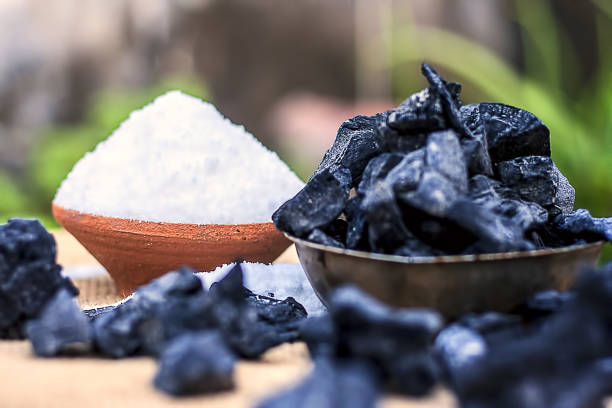Strontium

Strontium has some effective medicinal applications, but consuming excessive levels can cause damaged bones, stomach pain, diarrhea, and headaches. Safe Home offers a few kits that provide drinking water testing for strontium in city and well water supplies.
Parameter Type: Drinking Water Testing for Metals
Parameter Name: Strontium
What it is and Where it Comes From:
Strontium is the chemical element with the symbol Sr and atomic number 38. An alkaline earth metal, strontium is a soft silver-white yellowish metallic element that is highly chemically reactive. It is used in toothpaste, flares, and fireworks. It occurs in nature in the form of strontianite or celestite. It is a shiny sold and can conduct heat or electricity. Strontium occurs naturally in the environment. Air, dust, soil, foods, and drinking water all contain small amounts of strontium. Ingestion of small amounts of strontium is not harmful. However, high levels of strontium can occur in water drawn from bedrock aquifers that are rich in strontium minerals. Strontium occurrence is also linked to other sources such as air contamination from milling processes, coal burning and phosphate fertilizers. In some cases, low levels of strontium have been administered to osteoporosis patients as a treatment of their condition. If you get your drinking water from a private well, it is recommended to have your water tested for strontium by a certified laboratory every few years. Drinking water testing gives you several benefits like peace of mind, identifying contaminants in your water, and insight into health concerns. Safe Home offers Laboratory drinking water testing kits for strontium, allowing you to collect your water sample and ship it directly to our EPA-Certified Laboratory. This platform of drinking water testing for strontium will give you an accurate level based on the lowest level of a parameter our instruments can detect (Method Detection Level). Safe Home drinking water testing for metals can be used for city and well water supplies. Drinking water testing should be done any time you notice a significant change in your water quality.
Health Effects:
Strontium is used to reduce pain from bone cancer, treat osteoporosis, and prostate cancer. High doses of strontium can damage bones. Side effects include stomach pain, diarrhea, and headaches. The risk posed by strontium depends on the concentration ingested and on the exposure conditions and the U.S. environmental Protection Agency’s current reference concentration indicates that ongoing exposure to strontium at levels of more than 4000 parts per billion per day may lead to negative health effects. There is no evidence that drinking water with trace amounts of naturally occurring strontium is harmful. However, exposure to high levels of naturally occurring strontium during infancy and childhood can affect bone growth and cause dental changes, and there is some evidence that strontium increases bone density in adults. The isotope strontium-90 has been linked to bone cancers and leukemia.
Solutions to Contaminant Levels:
After drinking water testing, what is the next step? Strontium can be removed by reverse osmosis, ion exchange and lime softening. Reverse osmosis can reduce the silver cation concentration by up to 90 percent of the influent water levels. Reverse osmosis is a process that removes foreign contaminants, solid substances, large molecules, and minerals from water by using pressure to push it through specialized membranes. Here’s how reverse osmosis works. Unlike osmosis, which is a passive process, reverse osmosis requires external force (pressure) to work. Pressure is applied to a highly concentrated solute solution, such as salt water, to pass through a membrane to a lower concentrate solution. The membrane allows water to flow through but blocks out larger molecules, like contaminants. The reverse osmosis process leaves higher concentrations of solute on one side and only the solvent, or freshwater, on the other. Ion exchange is ions are charged atoms or molecules. When an ionic substance is dissolved in water, its molecules dissociate into cations (positively charged particles) and anions (negatively charged particles). Lime softening (lime buttering) or lime-soda treatment also known as Clark’s process, is a type of water treatment used for water softening which uses the addition of limewater (calcium hydroxide) to remove hardness (calcium and magnesium ions) by precipitation. The process is also effective at removing a variety of microorganisms and dissolved organic matter by flocculation. Who do I need to contact to find out more information about water quality in my area? Every community water supplier must provide an annual report to its customers, known as a Consumer Confidence Report (CCR). The report provides information on your local drinking water quality, including the water’s source, contaminants found in the water, and how consumers can get involved in protecting drinking water. How often does the local public water system preform drinking water testing? Frequency of drinking water testing depends on the number of people served, the type of water source, and types of contaminants. Certain contaminants are tested more frequently than others, as established by the Safe Drinking Water Act. You can find out about levels of regulated contaminants in your treated water for the previous calendar year in your annual Consumer Confidence Report (CCR).


